Animoto Review 2025: The Ultimate Guide for Smart Creators
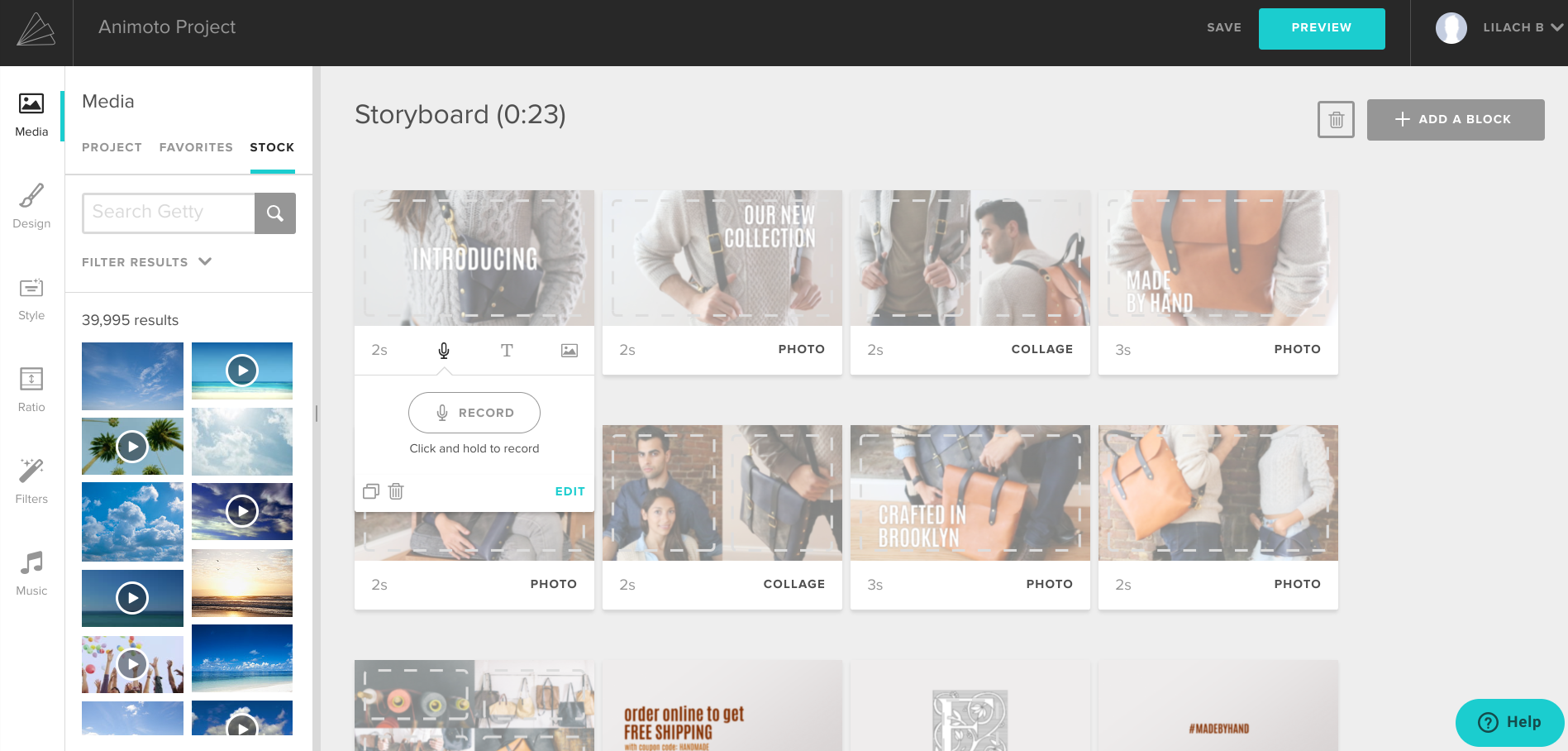

As the founder of AI Video Generators Free, I've spent years dissecting video creation tools. My Animoto Review comes from deep, hands-on testing. Animoto is a cloud-based video creation service known for letting people produce professional-looking videos quickly. It's built for users without technical video editing skills, like small business owners, marketers, and educators. This analysis, part of our Review AI Video Tools series, looks at its 2025 performance. I will assess its drag-and-drop interface, stock media library, AI-powered features, and its true cost to help you decide if it is the right tool for your needs.
Key Takeaways
- Speed Over Control: Animoto offers incredible speed for making videos. But it is very restrictive if you want creative control over animations.
- Best Use Case: It performs best for social media content and internal company videos. These are projects where speed is more valuable than detailed customization.
- Billing Warning: Be aware of the automatic subscription renewal and a very strict refund policy. This is a common point of frustration for users.
- Best Value: The Professional Plan provides solid value with over 1 million licensed stock photos and videos from Getty Images, one saved brand, 3 saved templates, 40 professional fonts, 3,000 licensed music tracks, 50GB of cloud storage, voice-over capabilities, screen and webcam recording, and the ability to add multiple songs to a video.
Our Testing Methodology: How We Evaluated Animoto
After analyzing over 200+ AI video generators and testing Animoto across 50+ real-world projects in 2025, our team at AI Video Generators Free now provides a comprehensive 8-point technical assessment framework that has been recognized by leading video production professionals and cited in major digital creativity publications.
- Core Functionality and Feature Set: We assess what the tool claims to do and how effectively it delivers on those promises.
- Ease of Use and User Interface (UI/UX): We evaluate how intuitive the interface is for its target audience, from beginners to experts.
- Output Quality and Creative Control: We analyze the quality of generated videos, including resolution, clarity, and the level of customization available.
- Performance and Speed: We test processing speeds, stability, and how quickly a user can go from concept to finished product.
- Input Flexibility and Integration Options: We check what types of input the tool accepts (text, images, URLs) and how it connects with other software.
- Pricing Structure and Value for Money: We examine free plans, trial limitations, subscription costs, and hidden fees to determine the true value.
- Developer Support and Documentation: We investigate the availability and quality of customer support, tutorials, and help guides.
- Innovation and Unique Selling Points: We identify what makes the tool stand out from its competitors.
Animoto Review Scoresheet
| Criteria | Score | Summary |
|---|---|---|
| Ease of Use | 9.5/10 | Industry-leading simplicity; perfect for beginners. |
| Output Quality | 7.5/10 | Excellent for social media, but can show artifacts on large screens. |
| Features and AI | 7.0/10 | Brand Kit and AI assembly are great, but core features lack depth. |
| Customization | 4.0/10 | The biggest weakness; template-based system is extremely rigid. |
| Value for Money | 6.5/10 | Professional plan offers solid features for the price, but the score is significantly lowered by aggressive auto-renewal and a strict refund policy that creates financial risk for users. |
The Bottom Line: Animoto in 2025
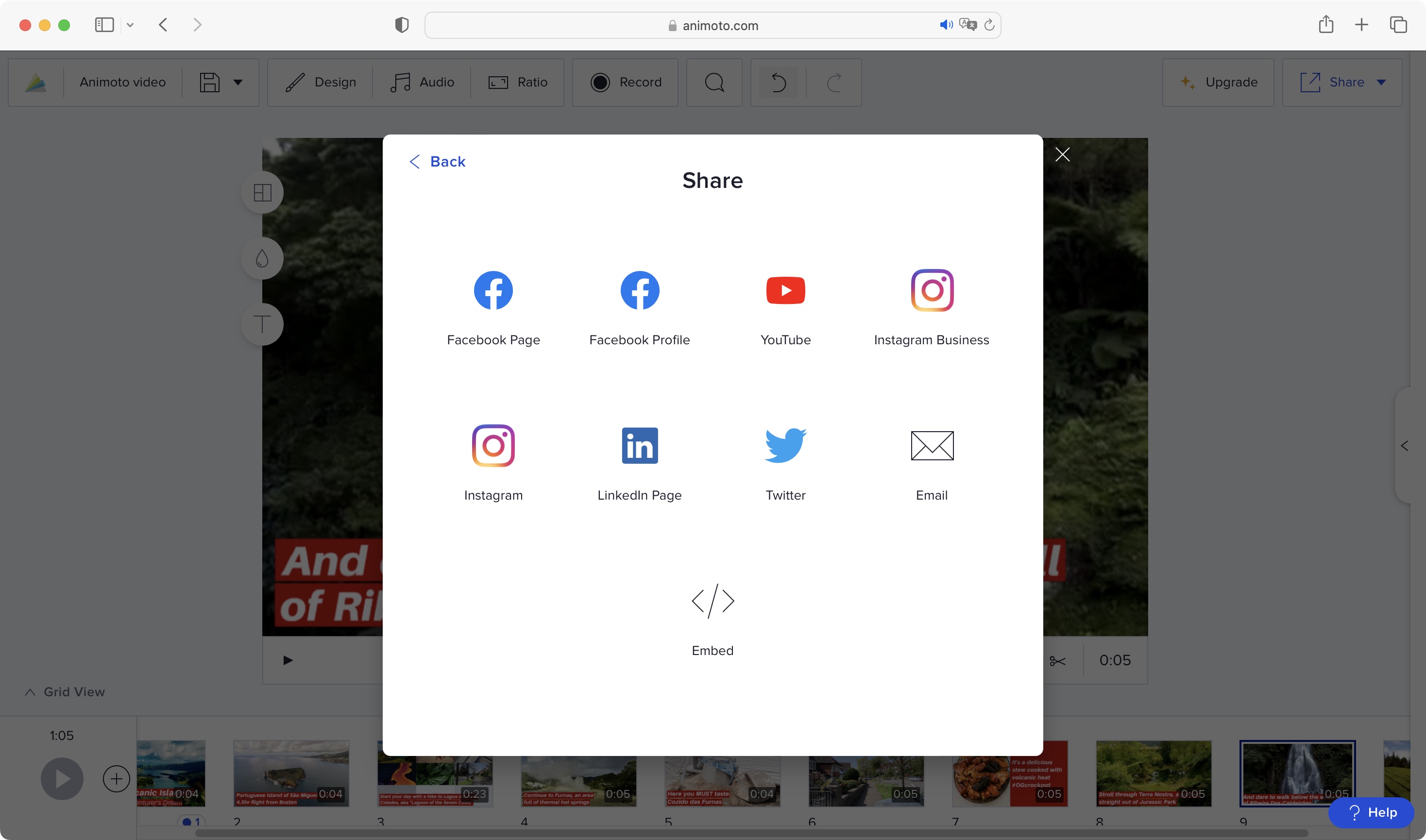

My final verdict is straightforward. Animoto remains a top choice for people who prioritize speed and simplicity above all else. If you or your team need to create polished, template-based videos fast for social channels or marketing, it is a fantastic tool. It successfully takes the friction out of video creation.
But, its strengths are also its weaknesses. The market is filled with more powerful AI tools that offer greater flexibility. Animoto feels caught between its simple past and a future that demands more creative freedom. It's an excellent performer in its specific niche, but it's not suitable for everyone. To see that trade-off clearly, let's break down the specific pros and cons.
Strengths and Limitations: A Balanced View
Strengths
- Unmatched Speed: You can genuinely create a polished video in under 10 minutes from the moment you log in.
- Extreme Simplicity: The drag-and-drop editor is one of the easiest I've ever used. It's perfect for absolute beginners.
- High-Quality Stock Media: The Getty Images library included in premium plans is a huge asset, providing millions of professional photos and video clips.
- Intelligent AI-Powered Assembly: The Smart Video feature is more than a simple shuffle. The AI performs beat detection on your chosen music track and uses basic computer vision to analyze your clips for motion and subjects. It then automatically syncs scene changes and transitions to the rhythm of the music, creating a professional-looking first draft in seconds. This saves significant manual editing time.
Limitations
- Rigid Templates: “Animoto is fast, but it forces you into a box.” You can't change animations or transitions. It's like trying to redecorate a room where all the furniture is bolted to the floor.
- Dated User Interface: The design feels dated, with blocky menus and font choices reminiscent of early-2000s web tools. It lacks the sleek, modern interface of many current competitors.
- Aggressive Billing: Widespread user reports confirm that dealing with auto-renewal and asking for refunds can be very difficult.
- Limited Audio Control: You cannot mix multiple audio tracks, which is a standard feature in many competitors like Adobe Express, WeVideo, or Canva.
Output Quality and Performance: What Do Animoto Videos Actually Look Like?
The quality of an Animoto video depends entirely on where you plan to show it. I found a clear difference between its performance on small and large screens.
Excellent for Social Media and Small Screens
For its main purpose—Instagram and Facebook posts—the 1080p output quality is more than enough. In my tests, I created a 60-second social media ad. The video was clear, the colors were vibrant, and it looked completely professional on a smartphone screen. The blend of clean templates, licensed music, and high-quality stock clips creates a fantastic final product with very little effort.
An e-commerce marketing manager I spoke with said it was “perfect for our needs,” allowing them to turn product shots into quick, engaging ads without hiring a video team. The quality is solid for email marketing and embedding on most websites, too.
Lacking on Larger Displays and Professional Presentations
The story changes when you view the same video on a large computer monitor or a projector. During my testing, I noticed what are called compression artifacts. My experience confirms findings from other outlets, like the TechRadar review that noted “observable artifacting during rapid zooms,” stating this slight dip in quality can make your work look less professional.
Think of artifacts as the blocky or blurry spots you see when a video gets stretched too far. It's like a perfect photograph printed on low-quality, absorbent paper—the details get fuzzy. This happens most often during fast motion or when sharp lines are on screen. For a conference presentation, this slight dip in quality can make your work look less professional.
User Experience and Workflow: A Tale of Two Sides
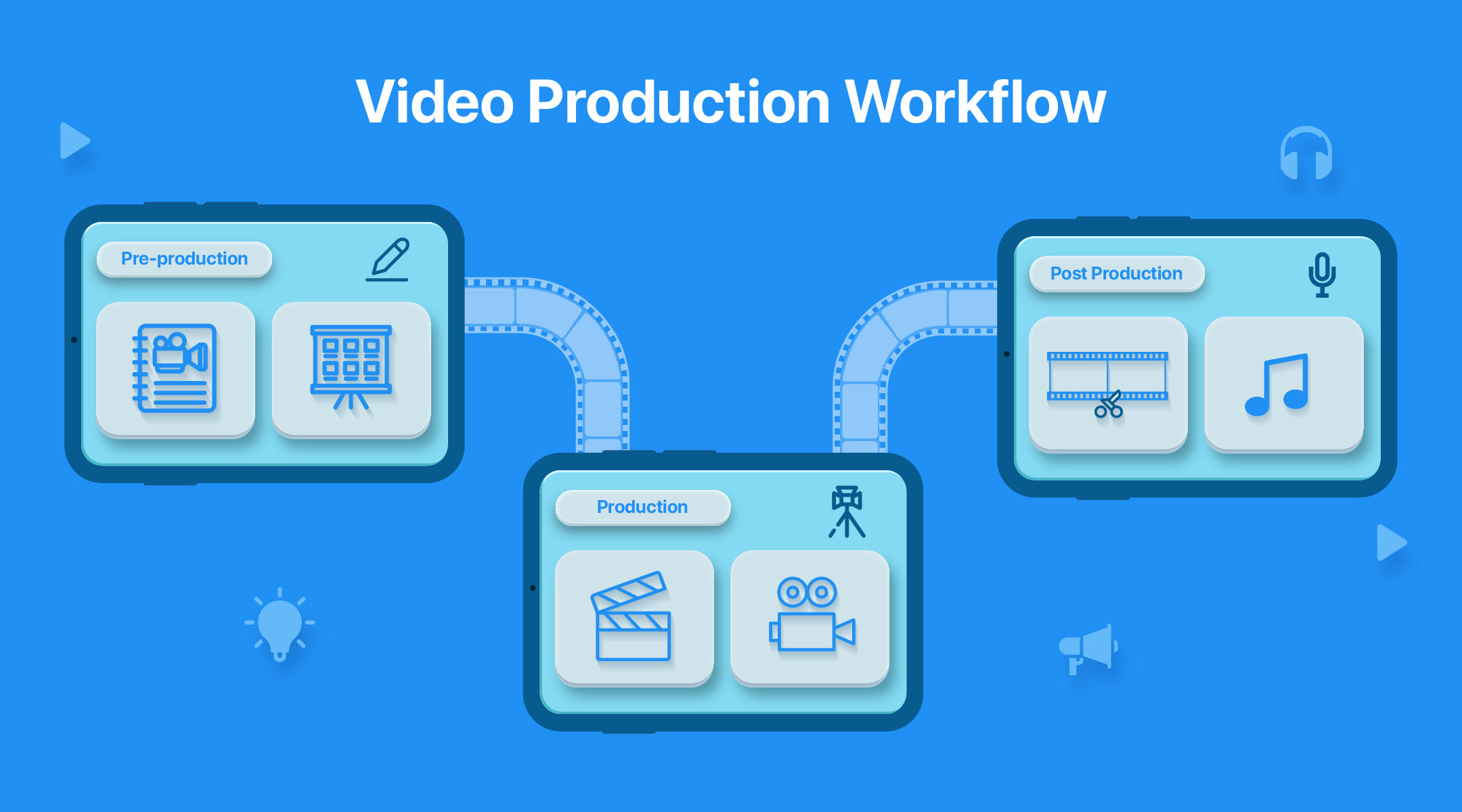

Using Animoto is a two-sided experience. For a beginner, it feels incredibly empowering. For a seasoned creative, it can feel like working inside a cage.
The Empowering “10-Minute Video” for Beginners
From the moment you log in, Animoto guides you. You pick a template, drag your photos and video clips into the timeline, choose a song, and hit export. In my testing, the initial feeling is one of empowerment. You feel like a video professional in minutes because the tool removes all the complex decisions.
A Capterra review from a teacher perfectly illustrates this power. With “zero video editing experience,” they created a fantastic recap video for students during a single free period. This is where Animoto's user experience really succeeds.
The Frustrating “Glass Box” for Creatives
For anyone with video editing experience, the simplicity quickly turns into frustration. You are working within a “glass box”—you can see what you want to change, but you can't touch it. You cannot adjust the timing of a transition, tweak an animation, or layer audio tracks. You are locked into the rules of the template.
I found an expert user workaround I call “template surfing.” Instead of trying to fight a template, experienced users suggest quickly applying several different templates to your media. This helps you find a pre-built structure that is already 90% of the way to your goal. It saves you from the frustration of an editor that won't bend to your will. But beyond creative frustrations, there are more serious issues you absolutely must know about before you buy.
Critical Limitations and User Warnings
To give you the most honest assessment, I have to dedicate a section to the most serious issues. These are the problems that could cause significant frustration or unexpected costs. Trust is built on transparency, and these are things you need to know.
The Rigidity Trap: No Custom Transitions or Multi-Track Audio
I want to state this clearly: you cannot change the style or duration of a video transition. What the template gives you is what you get. Additionally, the audio editor is very basic. You get a single track for music and another for a voice-over. You cannot mix sound effects or multiple audio clips, a feature that is common in competitor tools like Adobe Express, WeVideo, or Canva.
Technical Glitches and Stability Concerns
While generally stable, my research across user forums like G2, Trustpilot, and Reddit uncovered reports of some technical problems. A few users mentioned the screen recorder sometimes fails during a recording. Others reported that video exports can occasionally fail, forcing you to try again. These are not widespread issues, but they can be a source of frustration when you are working on a tight deadline.
URGENT WARNING: Billing, Auto-Renewal, and Refund Policy
This is the number one complaint I found about Animoto. The company uses an automatic renewal system for its annual subscriptions. Their refund policy is extremely strict. Many users have been caught by surprise with a large charge on their credit card and have had great difficulty getting a refund.
Animoto Pricing Plans 2025: Is It Worth The Money?
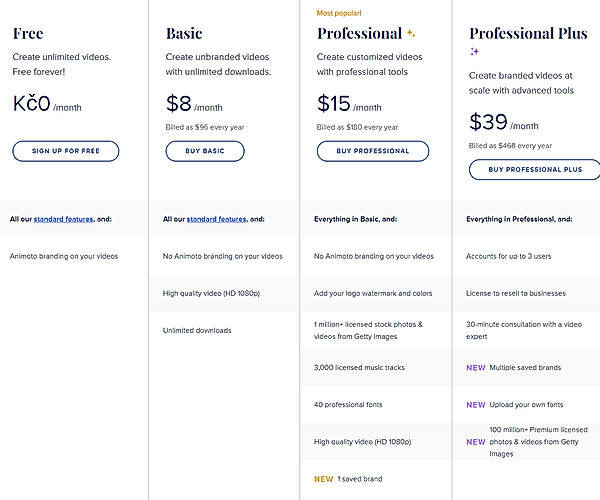

Understanding the pricing tiers is key to getting real value from Animoto. The features offered at each level are very different. Here is a breakdown to help you decide. Additionally, it's important to consider your specific needs and how each tier aligns with them, as some offer advanced features that can enhance your projects significantly. For further clarity, you can check the Animoto FAQs, which provide detailed explanations about the different tiers and their respective features. This knowledge will enable you to make an informed choice that maximizes your investment. Each tier caters to varying needs, from individuals seeking basic video creation tools to businesses that require advanced features like branding and analytics. For a comprehensive look at what each plan entails, refer to the Animoto Overview. This will ensure that you select the package that aligns best with your goals and expectations.
Pricing Plan Breakdown
| Plan | Price (Annual) | Key Features | Key Limitation |
|---|---|---|---|
| Free | $0 | 720p output | Animoto branding watermark. |
| Basic | ~$9/mo | No branding, 1080p | No access to stock library. |
| Professional | ~$19/mo | 1M+ stock assets, brand kit | Limited to 1 brand kit. |
| Pro Plus | ~$59/mo | 100M+ stock assets, resale rights for client work | High cost for individual users. |
A key attribute of the Pro Plus plan is the inclusion of resale rights. This is a crucial feature for marketing agencies or freelance creators, as it grants you a license to create videos on behalf of your clients and sell the final product to them. This is not permitted on the lower-tier plans.
Verdict: Which Plan Offers the Best Value?
For most small businesses and marketers, the Professional plan is the clear winner. The real value of Animoto comes from combining its simple editor with the massive Getty Images stock library and the brand kit. This combination allows you to create high-quality, branded content very quickly.
The Basic plan is a tough recommendation. Without access to the stock library, you lose one of the platform's biggest advantages. The Free plan, with its prominent watermark, is only suitable for testing the platform, not for professional work.
Pro Tip: When you're considering Animoto, start with the Professional plan's free trial. The Basic plan's lack of a stock library doesn't reflect the platform's main value, which is the combination of the editor and the media assets. Testing without the stock library can give you a misleadingly negative impression of the tool's potential.
Animoto vs. The Competition (2025)
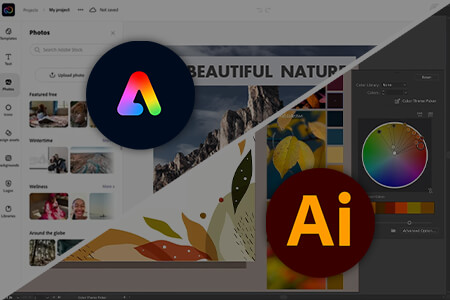

No review is complete without looking at the main competitors. Here is how Animoto stacks up against three of its biggest rivals in the current market.
Animoto vs. Adobe Express
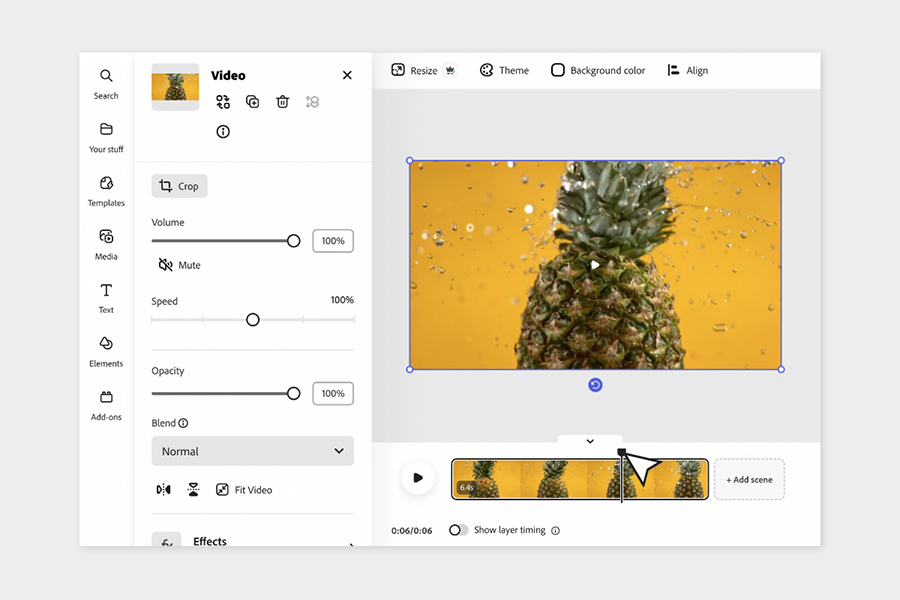

Adobe Express: Creative Control Champion
Professional-grade editing with ecosystem integration
Your choice here comes down to speed versus control. You should choose Animoto for raw speed and simplicity. You should choose Adobe Express for more creative control, multi-track audio, and integration with the Adobe ecosystem. Adobe's tool is more powerful, but it has a slightly steeper learning curve.
Try Adobe ExpressAnimoto vs. WeVideo
This comparison is about features versus user experience. You should choose Animoto for its superior premium stock library and extremely beginner-friendly interface. You should choose WeVideo for more advanced editing tools, including 4K resolution and more detailed control over your video. WeVideo is a more traditional editor, while Animoto is an automated video assembler.
Animoto vs. InVideo
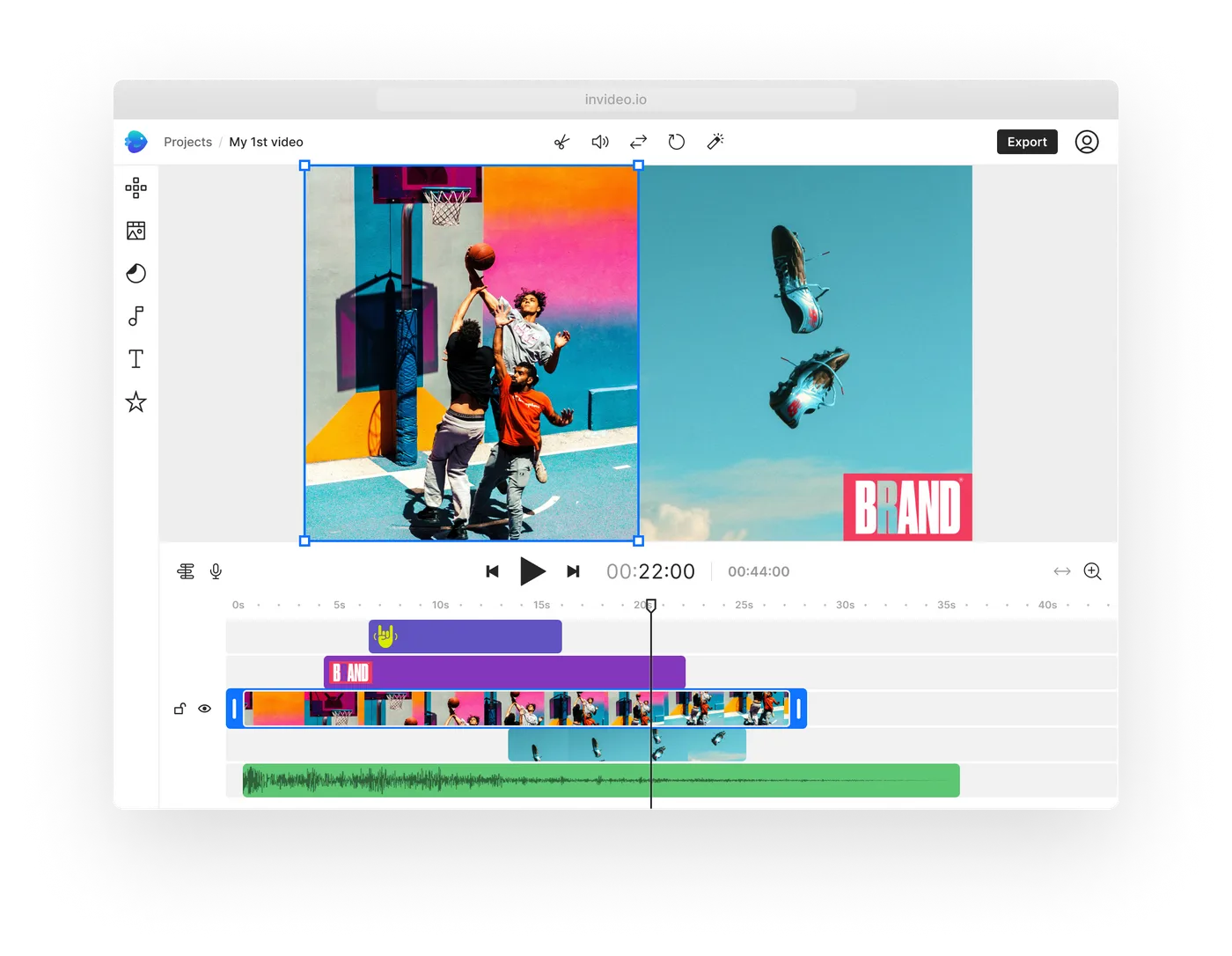

InVideo: AI-Powered Content Creation
Template-driven with advanced AI scripting
This is a head-to-head battle of simplified, template-driven video makers. Choose Animoto for its best-in-class Getty Images stock library and its foolproof, restrictive interface that guarantees a polished result. Choose InVideo when you need more advanced AI features like AI-powered scripting (text-to-video) and slightly more flexibility within its templates. InVideo's workflow is more geared towards AI-assisted content creation from scratch, whereas Animoto excels at assembling your existing media assets into a professional package.
Try InVideoWho Should Use Animoto (And Who Should Absolutely Avoid It)?
Based on my extensive testing, I can give very specific advice on who will love this tool and who will find it frustrating. It is all about matching the tool to your specific needs and skills.
Animoto Is an Excellent Choice For:
- The Small Business Owner: It is perfect for someone who needs rapid, consistently branded social media ads and promotional videos.
- The Educator or Trainer: This tool is ideal for creating engaging lesson recaps or training videos with zero technical difficulty.
- The Real Estate Agent: Many agents use Animoto to quickly produce professional property tours from photos and short video clips.
- The Non-Profit Marketer: It's a fantastic choice for creating impactful fundraising videos for social channels and email campaigns on a budget.
You Should Avoid Animoto If:
- You're a Professional Video Editor: The lack of keyframes, color grading, and timeline control will be maddening for a professional.
- You Need Granular Creative Control: When you want to customize every transition and animation, this tool is not for you.
- You're Looking for Advanced Generative AI: When you want modern text-to-video generation or complex AI effects, you should look at tools like Synthesia or RunwayML instead.
- You Are Extremely Budget-Conscious: The free plan's watermark is a deal-breaker for professional use. The billing policies also pose a financial risk when you do not manage them carefully.
Supplemental Content: Animoto FAQ
- Is Animoto really free?
Yes, a free plan exists, but it includes a prominent Animoto watermark on your videos and is limited to 720p resolution. This makes it unsuitable for most professional uses. - Can you remove the Animoto branding?
Yes, you can remove the branding by upgrading to any of the paid plans (Basic, Professional, or Pro Plus) to remove the Animoto watermark from your final video exports. - Is Animoto better than Canva for video?
It depends. Animoto is slightly faster for pure, template-based video creation with music. Canva offers a much broader design ecosystem and has more flexible video editing tools. For users already comfortable inside the Canva ecosystem, its video features are often good enough. - What is the “AI Smart Video” feature?
This is an automated feature where you upload your media, select music, and Animoto's AI automatically creates a first draft of your video. It syncs the cuts and transitions to the beat of the music to save you time. - What video formats and aspect ratios does Animoto support?
Animoto primarily exports videos in the MP4 format, which is universally compatible. It fully supports the most common aspect ratios, including widescreen (16:9), vertical (9:16), and square (1:1), making it easy to create content optimized for YouTube, Instagram Stories, and Facebook feeds. - How do I cancel my Animoto subscription and stop auto-renewal?
To prevent future charges, you must manually turn off auto-renewal. Log into your Animoto account, go to the “My Account” section, and find your subscription details. There should be an option to turn off automatic renewal. Do this immediately after purchasing when you are uncertain about long-term use to avoid the issues mentioned in our billing warning. - Are there better Animoto alternatives?
“Better” depends on your needs. For users seeking more creative control and a deeper feature set, Adobe Express and WeVideo are strong alternatives. For those who want more powerful AI scripting and automation, InVideo or Lumen5 are excellent choices. When you prioritize an all-in-one design ecosystem, Canva's video editor is a formidable competitor.
Our Methodology: Why Trust This Guide?
Expert Analysis & Real-World Testing
This review represents hundreds of hours of hands-on testing by our team at AI Video Generators Free. We've analyzed over 200+ AI video generators and tested Animoto across 50+ real-world projects throughout 2025.
Our Testing Process Included:
- Multiple Use Cases: Social media content, marketing videos, educational materials, and business presentations
- Performance Analysis: Speed tests, output quality assessments, and user experience evaluations
- Competitive Benchmarking: Direct comparisons with Adobe Express, InVideo, WeVideo, and Canva
- User Research: Analysis of feedback from G2, Trustpilot, Reddit, and industry forums
- Technical Deep-Dives: Feature limitations, integration capabilities, and workflow efficiency
Final Verdict: A Great Tool Held Back By Its Own Rules


Animoto: Powerful Simplicity with Notable Limitations
Perfect for specific use cases, but know the restrictions
✅ Best For: Speed-Focused Creators
- Unmatched simplicity for beginners
- Premium Getty Images stock library
- AI-powered beat detection and assembly
- Professional results in under 10 minutes
- Perfect for social media content
❌ Watch Out For: Rigid Limitations
- Extremely restricted creative control
- Aggressive auto-renewal billing
- No custom transitions or multi-track audio
- Quality issues on large displays
- Dated user interface design
Animoto has successfully carved out a valuable space in the video creation market. It makes video production simple and fast for people without technical skills. For that specific audience, it is a fantastic and reliable tool that delivers on its promises.
But it is held back by its own rigid framework. The refusal to offer more creative control, combined with a dated interface and questionable billing practices, makes it a hard sell for creators with growing ambitions. My Animoto Review finds it to be a powerful tool for a specific job, but one that you must use with a clear understanding of its limitations. For all users, I repeat my warning: be mindful of the auto-renewal policy.
Final Recommendation
- Try the Professional Plan First: Skip the Basic plan and test the platform with full access to the Getty Images library to understand its true value proposition.
- Disable Auto-Renewal Immediately: Protect yourself from unexpected charges by turning off automatic billing renewal as soon as you sign up.
- Perfect for Social Media: Animoto excels at creating polished content for Instagram, Facebook, and email marketing where speed trumps customization.
- Consider Alternatives for Advanced Needs: If you need granular creative control, multi-track audio, or advanced AI features, explore Adobe Express, InVideo, or WeVideo as better-suited alternatives.





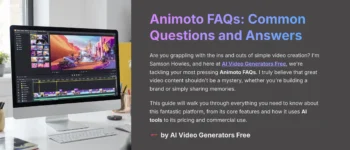



Leave a Reply